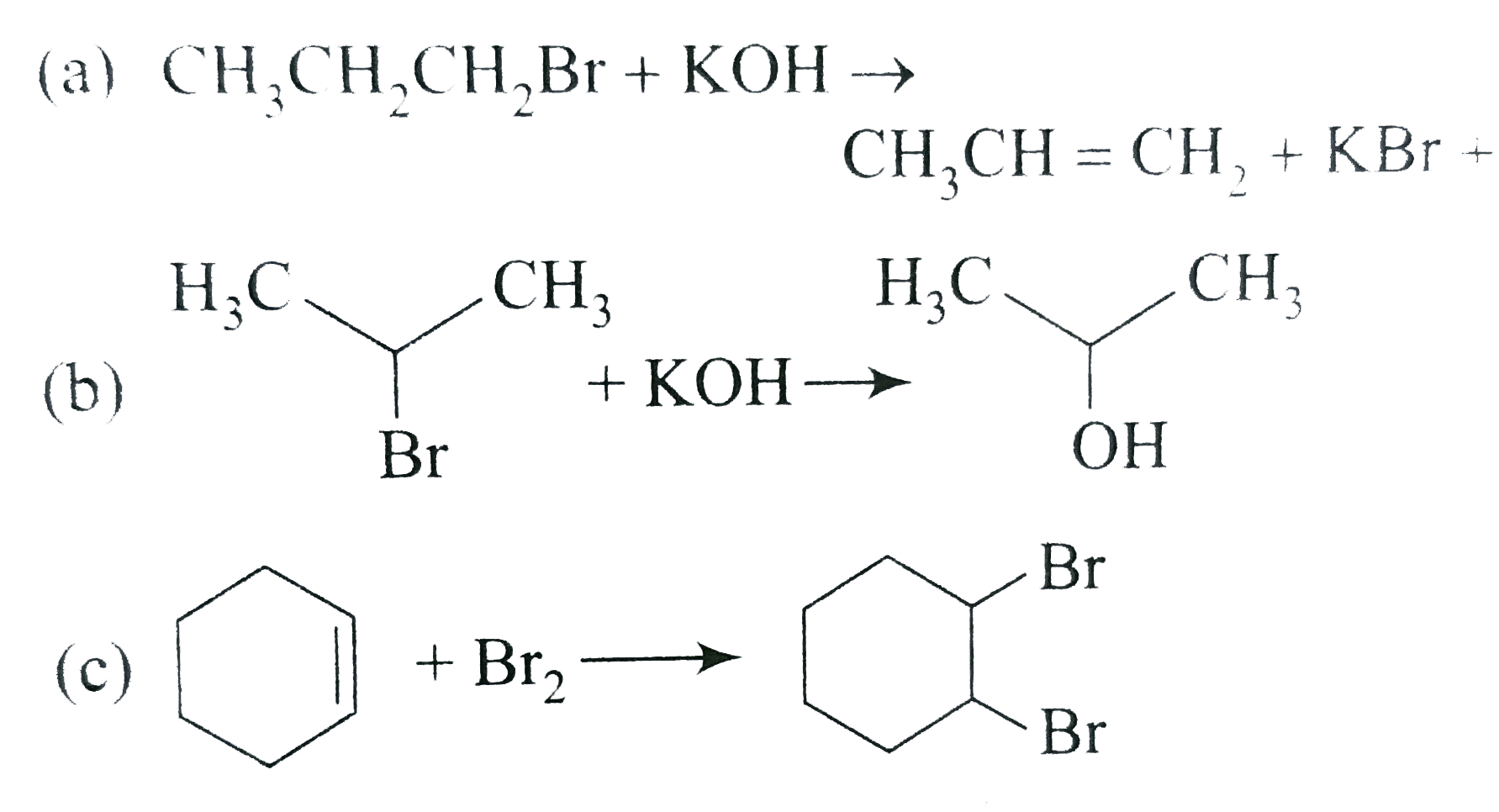Which of the following is paramagentic?
O−2
CN
CO
NO+
The correct Answer is:A
CN−,COandNO+ are isolectronic with 14 electron each and there is no unpaired electrons in the MO configuration of these species. So these are diamagnetic , O+2 is paramagnetic due to the presence of one unpaired electron.
(CN−,CO,CO+)14=σ1s2,σ∗1s2,σ2s2,σ∗2s2,σ2p2x
π2p2z=π2p2z (No unpaired electron diamagnetic)
O2+=σ1s2,σ∗1s2,σ2s2,σ∗2s2,σ2p2x
π2p2x=π2p2z,π∗2p2y=π∗2p1z
(One unpaired electron , paramagnetic)
Topper's Solved these Questions
- BOOK - A2ZCHAPTER - CHEMICAL BONDING AND MOLECULAR STRUCTUREEXERCISE - Force Of Attraction22videos
CHEMICAL BONDING AND MOLECULAR STRUCTURE
- BOOK - A2ZCHAPTER - CHEMICAL BONDING AND MOLECULAR STRUCTUREEXERCISE - Bond Enthalpy, Bond Angle And Bond Length23videos
CHEMICAL BONDING AND MOLECULAR STRUCTURE
- BOOK - A2ZCHAPTER - CHEMICAL BONDING AND MOLECULAR STRUCTUREEXERCISE - Vsepr Theory And Hybridisation46videos
CHEMICAL BONDING AND MOLECULAR STRUCTURE
- BOOK - A2ZCHAPTER - ATOMIC STRUCTUREEXERCISE - Section D - Chapter End Test30videos
ATOMIC STRUCTURE
- BOOK - A2ZCHAPTER - CHEMICAL EQUILIBRIUMEXERCISE - Section D - Chapter End Test30videos
CHEMICAL EQUILIBRIUM
Similar Questions
Knowledge Check
- Question 1 - Select One
If Hund's rule is not followed then which of the following ion is paramagnetic,
ACr2+BFe2+CRh+3DMnO2−4 - Question 2 - Select One
which of the following is not ?
AGelatin solBSilver solCSulphur solDAs2S3 sol - Question 3 - Select One
Which of the following Fischer projection is the enantiomer of the following molecule?
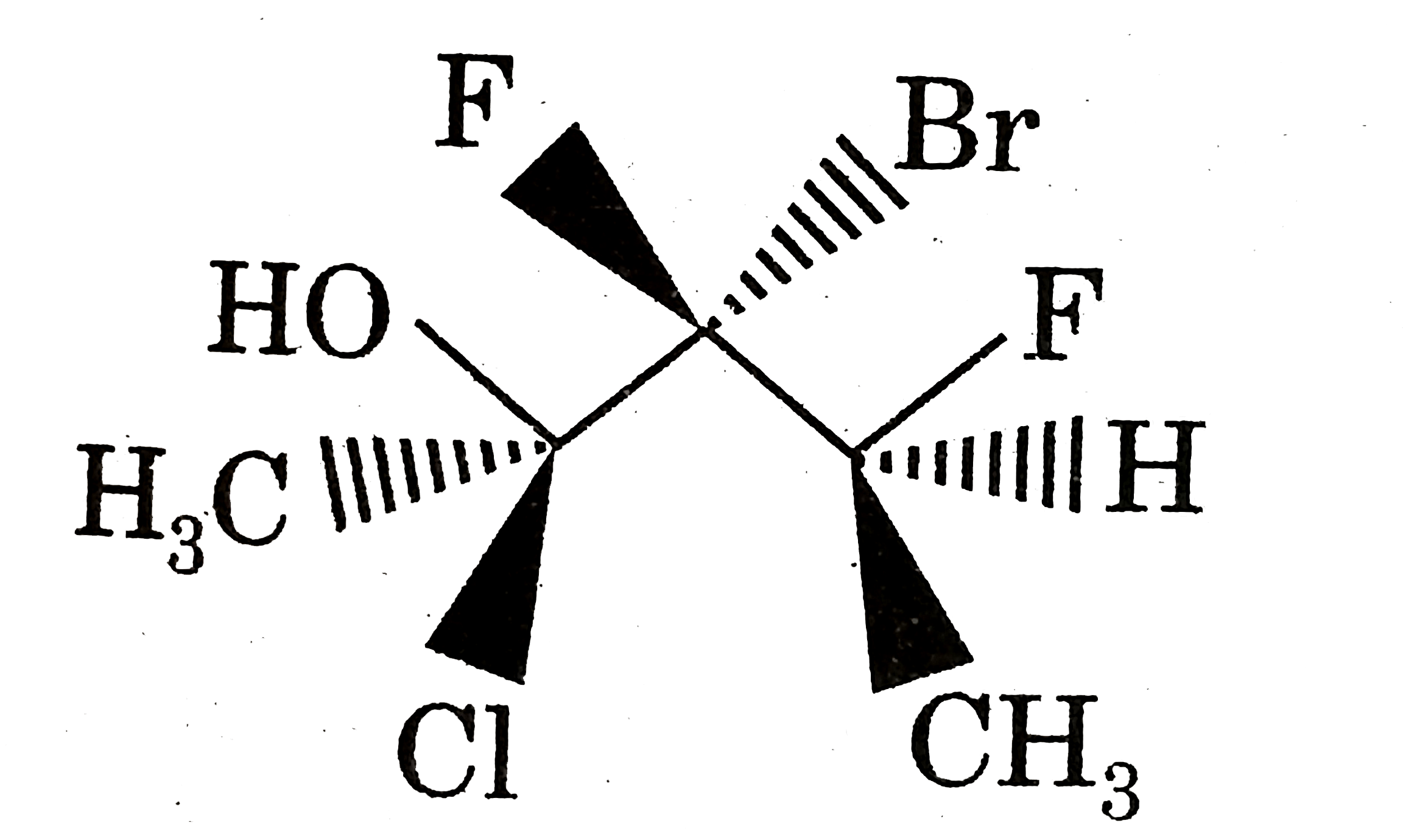 A
A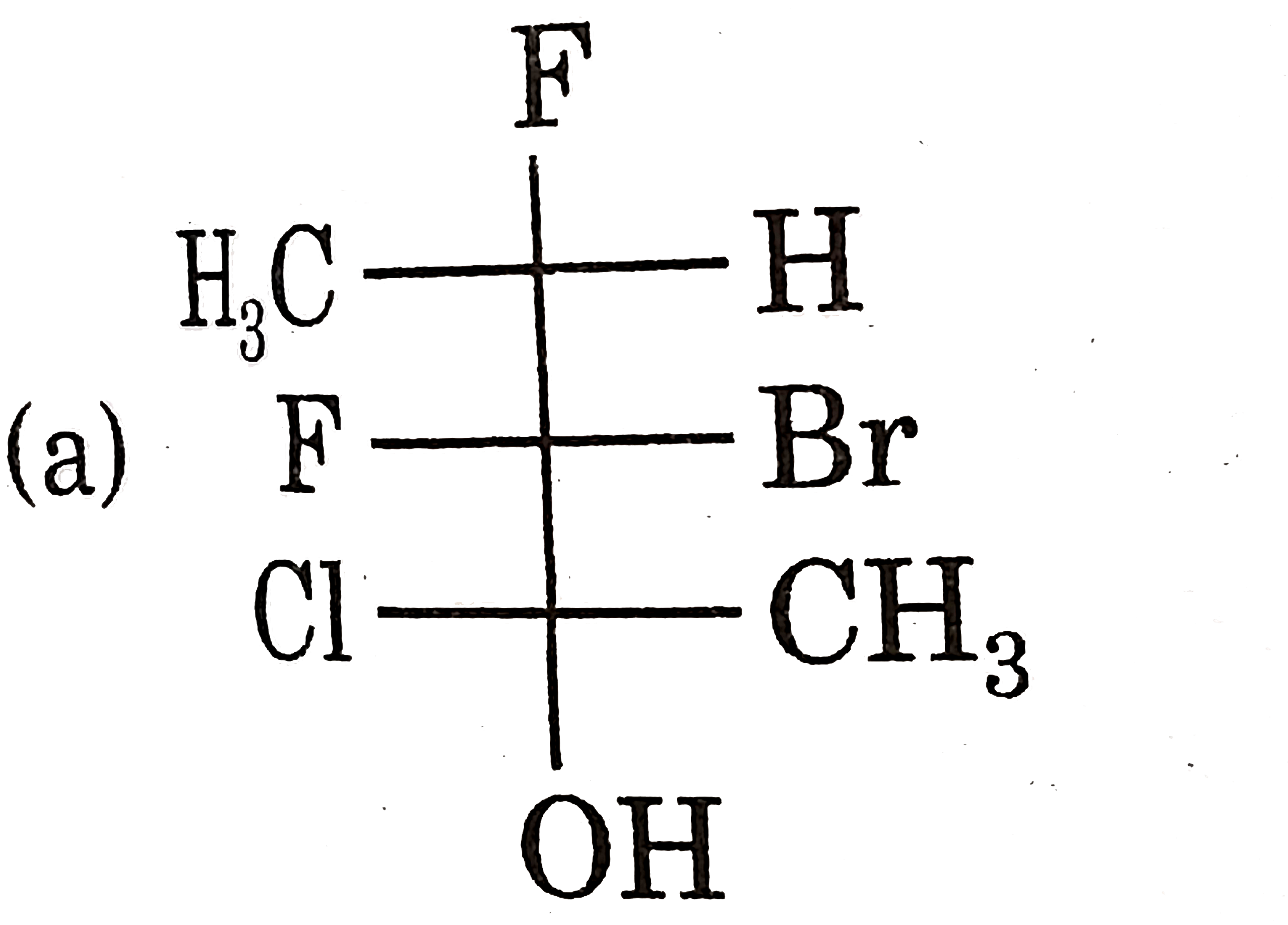 B
B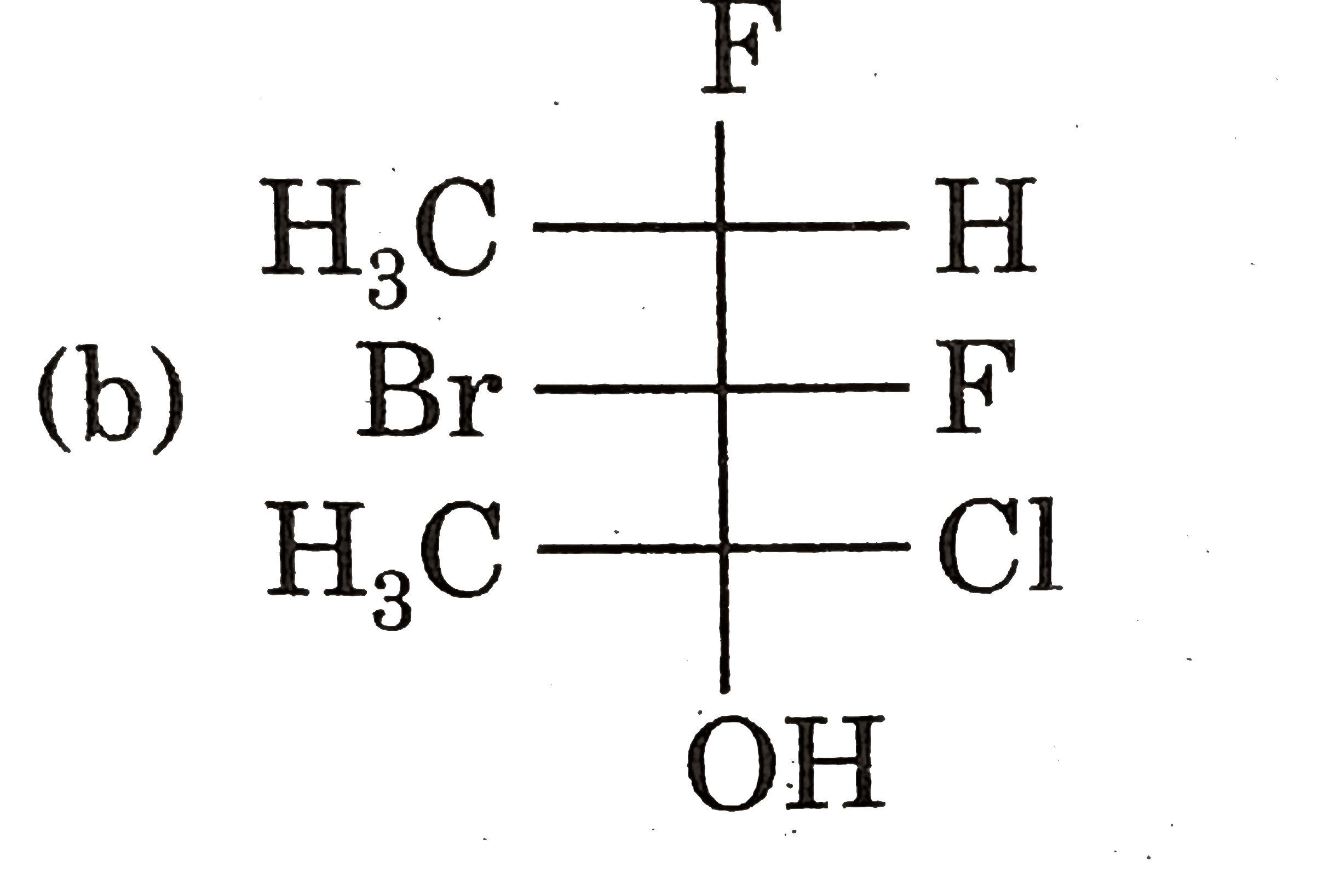 C
C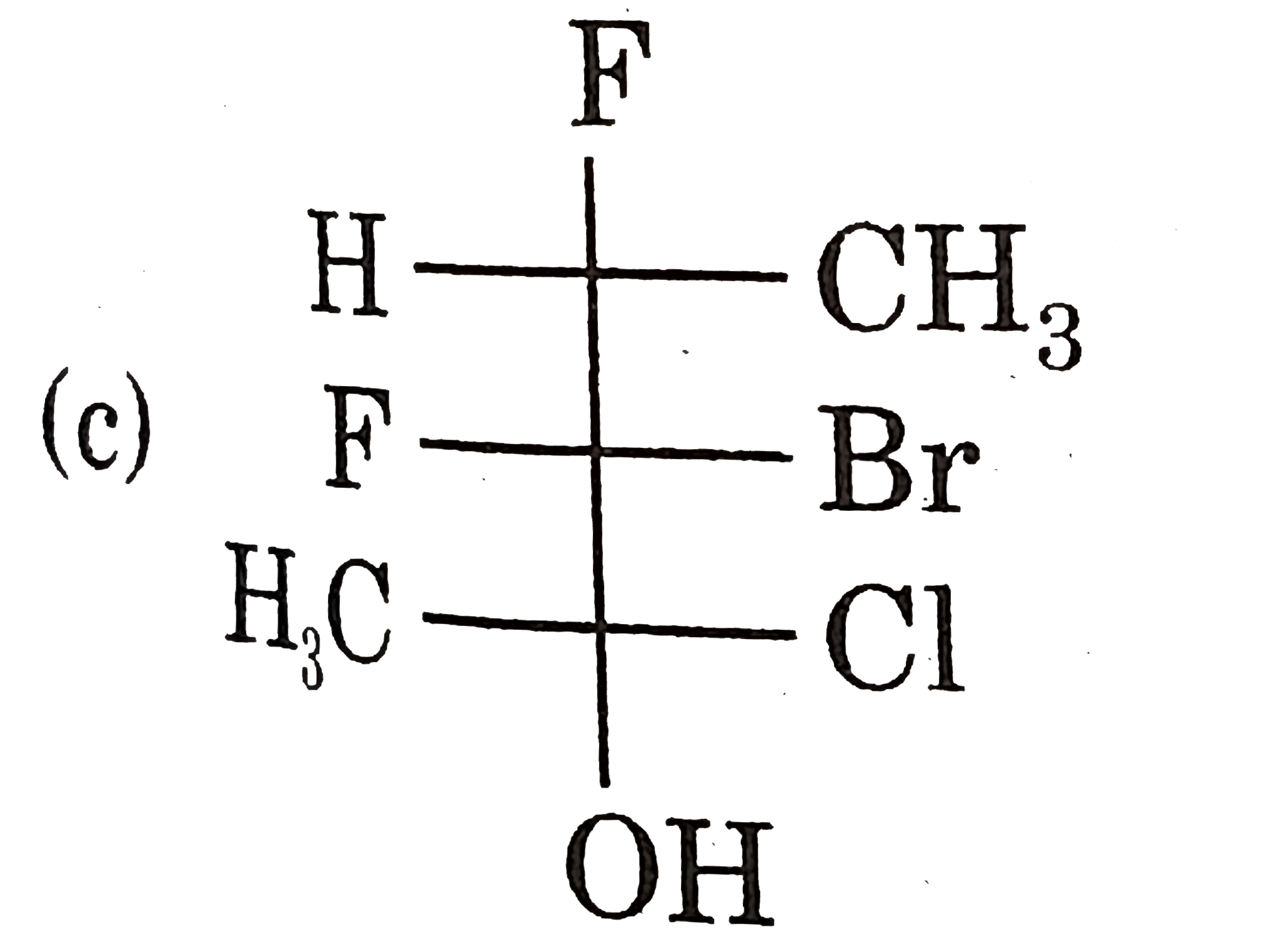 D
D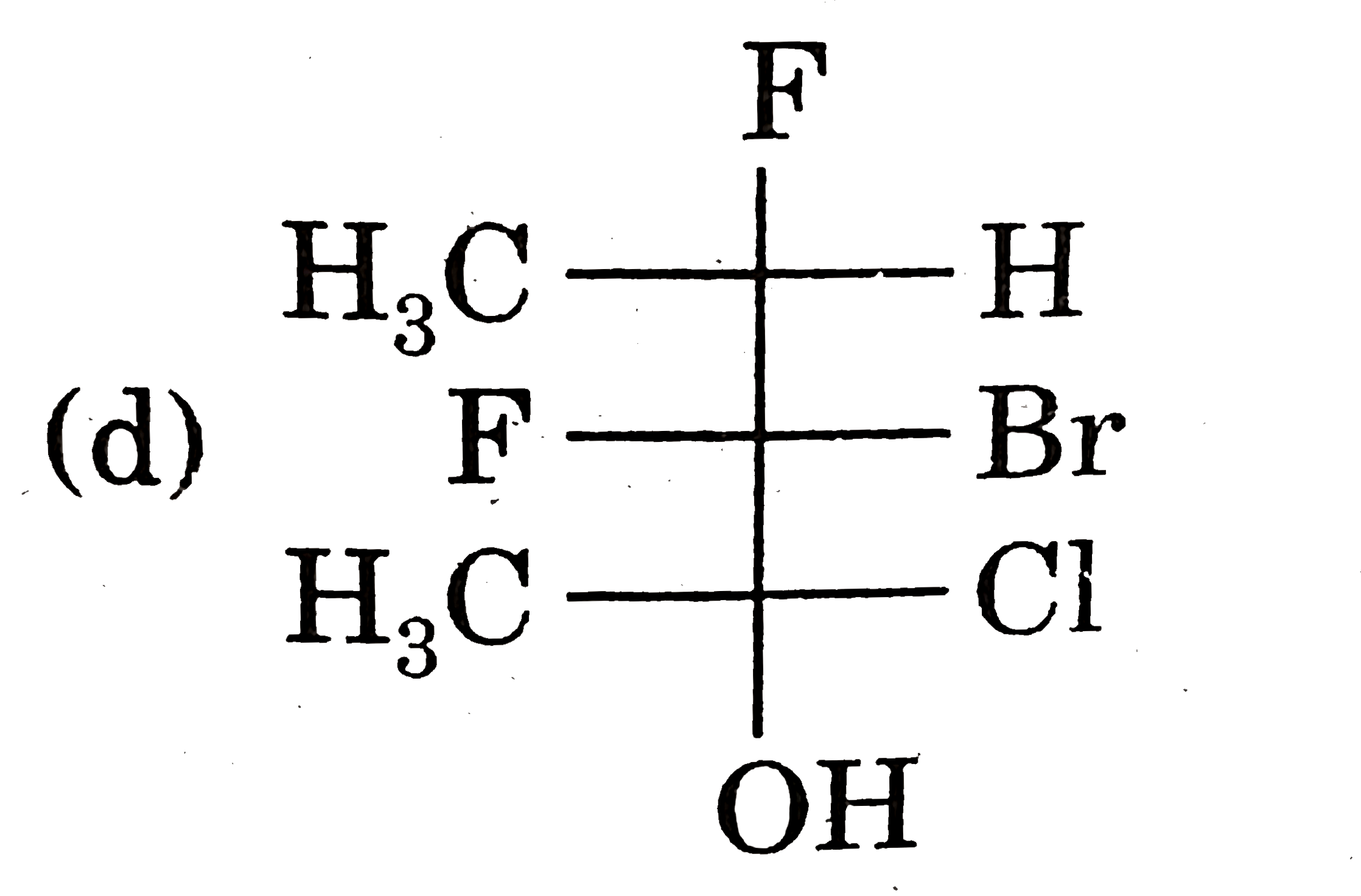
Which of the following statement is correct regarding following reaction ?
 View Solution
View SolutionWhich of the following statements is correct about the following reactions ?
 .View Solution
.View SolutionConsider the following statements (s) which of the following is false ?
View SolutionAmongst the following mammals which of the following is a monotreme?
View SolutionWhich of the following statements are correct for alkali metal compounds?
(i)Superoxides are paramagnetic in nature.
(ii) The basic strengths of hydroxides increase down the group.
(iii) The conductivity of chlorides in their aqueous solutions decreases down the group.
(iv) The basic nature of carbonates in aqueous solutions is due to cationic hydrolysis.View Solution


